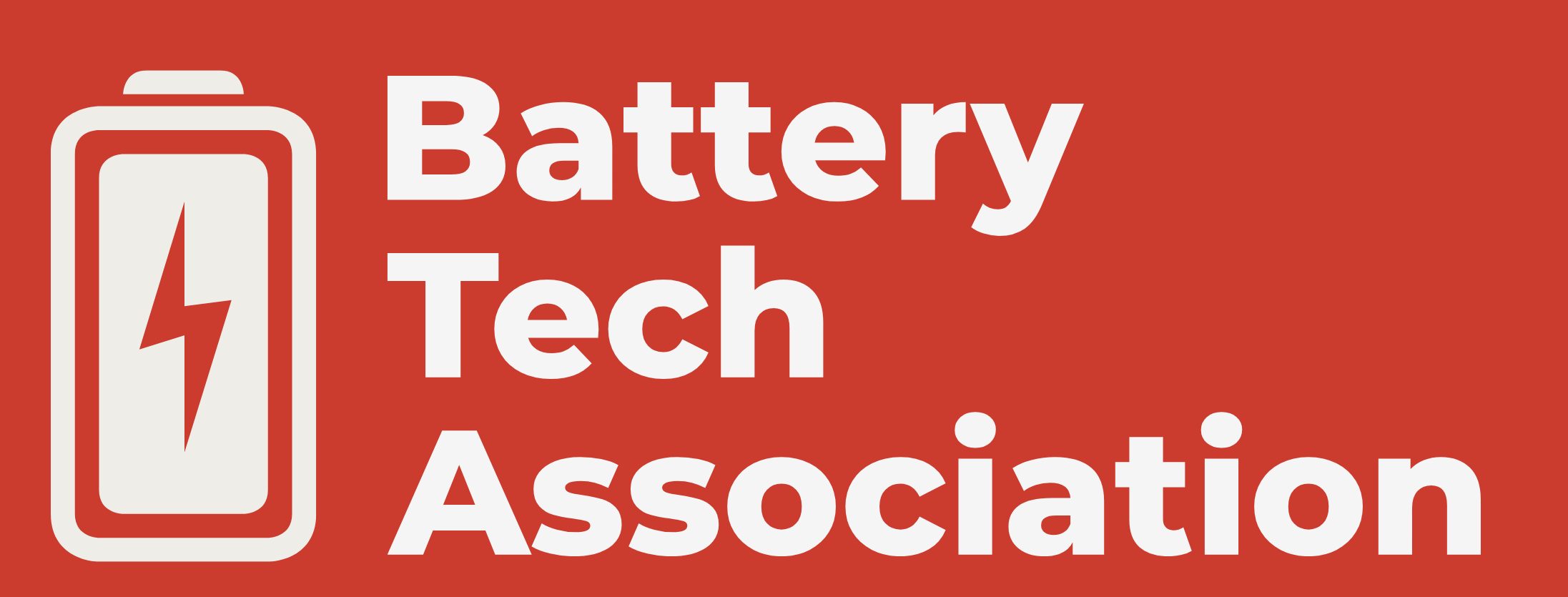In an era marked by increasing environmental concerns and a drive toward sustainable practices, EVs are emerging as a beacon of hope. With this comes the need to address the environmental impact of their main component: the batteries. As a result, the EV battery recycling business is quickly rising to the forefront as a pivotal player in the quest for a greener future. From current industry standings to EV industry recycling standards, what will be the impact of recycled materials?
Industry Standings
While the EV battery recycling industry started as a niche endeavor, it’s evolving into a robust and promising sector within the broader recycling landscape. For EV manufacturers to create more demand, they are looking into finding optimized solutions for recycling. As a result, companies specializing in EV battery recycling are at the forefront of innovative practices as the amount of materials needed per EV, such as copper, lithium, cobalt, and nickel, could soon fall short of surging demand if only new mined ones are used.
Utilizing recycled materials not only reduces the environmental impact of discarded batteries but also unlocks the potential for reusing valuable materials. Indeed, battery recycler, Redwood Materials, is racing to put recycled materials into EV batteries as it plans to produce battery materials that could contribute to powering up to 1 millions EVs within the next 5 years. Additionally, government branches such as the US Department of Energy have also understood the importance of using recycled materials, as it announced the allocation of $192 million in new funding for recycling batteries from consumer products.
EV Industry Recycling Standards
Why Recycle?
Recycling EV batteries extends far beyond managing waste. As the world embraces the transition to cleaner transportation alternatives, the demand for the aforementioned raw materials has surged. Yet, these materials are not only limited but also come with ethical and environmental concerns around their extraction. With over 300 million EVs expected to be on the world’s roads by 2030, the National Renewable Energy Laboratory is anticipating the demand for certain minerals in EV batteries to increase by 500% by 2050. Indeed, this corresponds to over 5 TWh per year of gigafactory capacity that’s expected globally by 2030.
Furthermore, over 100 million vehicle batteries are expected to be retired in the next decade. As the lifetime of an EV battery tends to sit between 12 and 15 years in moderate climates, what happens once it reaches its end of life? Ensuring that the battery packs aren’t discarded where they shouldn’t be is crucial for the planet. Moreover, with the estimated reuse lifetime of an EV battery ranging anywhere between five to 30 years, lengthening the life cycle could help conserve valuable resources. Therefore, recycling batteries can significantly reduce the strain on mining operations, minimizing environmental disruption and carbon emissions due to raw material extraction.
Recycling Incentives
While more EVs are produced and age out until being retired, the battery recycling business will continue to grow. Currently, China manages almost all EV battery recycling in a global market that’s expected to grow from $11 billion in 2022 to $18 billion by 2028.
To encourage proper disposal and recycling of EV batteries, many regions are introducing recycling incentives including tax breaks, subsidies, or regulatory requirements, allowing the support of environmental goals while also providing economic benefits to stakeholders. This includes the US’ Inflation Reduction Act, which encourages EV batteries to be recycled by automatically qualifying them as American-made for subsidies, regardless of their origin. Additionally, this pushes American companies to accelerate their recycling efforts compared to their European counterparts, who are focussing on mandates such as including minimum amounts of recycled materials in new EV batteries.
Furthermore, grants are being given to battery recycling plants in an effort to encourage them to grow. Indeed, Ascend Elements, which already runs a recycling plant in Georgia, received almost $500 million in Energy Department grants for a plant that should open in Kentucky in late 2023. Similarly, Redwood Materials, was granted a $2 billion US government loan earlier this year to build out a battery material recycling and remanufacturing complex in Nevada. As a result, the US is providing businesses with incentives to propel the nation to the forefront of a global race with the aim of undermining China’s dominance of the field.

The Impact of Recycled Materials
As car manufacturers increase EV production, shortages for various materials could arise. However, many of these materials can be recycled as many times as needed, without losing their power. Moreover, the main minerals in EV batteries, lithium, cobalt and nickel, are worth on average between ~$1,100 to ~$2,200 per EV, while copper makes up to 12% of EV batteries, making the metal one of the batteries’ main components. Currently and globally, over 50% of copper is disposed of in landfills and waste incinerators. Recycling copper for EV battery production can have several significant impacts, both environmental and economic.
From an environmental standpoint and as copper is 100% recyclable, recycling copper can help conserve natural resources by reducing the need for new mining and extraction activities. At the same time, the energy-intensive stages of mining and refining would be bypassed, leading to a reduction in overall energy consumption and associated emissions while it can also prevent hazardous waste accumulation in landfills and reduce the potential for environmental contamination. Similarly when looking at the economical impact, recycling copper in EV batteries can reduce the reliance on imported raw materials, stabilizing supply chains and enhancing energy security. Furthermore, the cost of recycling copper tends to be lower than the cost of mining and refining new copper, providing competitive advantages to manufacturers using recycled copper in battery production.
Recycling with Addionics
With copper being one of the most expensive components of the battery, using recycled copper can significantly reduce production costs. Indeed, Addionics’ Smart 3D Current Collectors are produced using recycled copper while their 3D structure allows more materials to be embedded, reducing the amount needed. Additionally, by using Addionics’ 3D structure, up to 60% less copper is required, leading to a reduction in the final cost of the battery and hence EVs. Moreover, switching to recycled materials in general is a must for companies and future technologies, having both economical and sustainability advantages.
Discover Addionics’technology orcontact us for collaboration opportunities.
Source: How Can the EV Battery Recycling Industry Go From Disposal to Renewal? (addionics.com)







